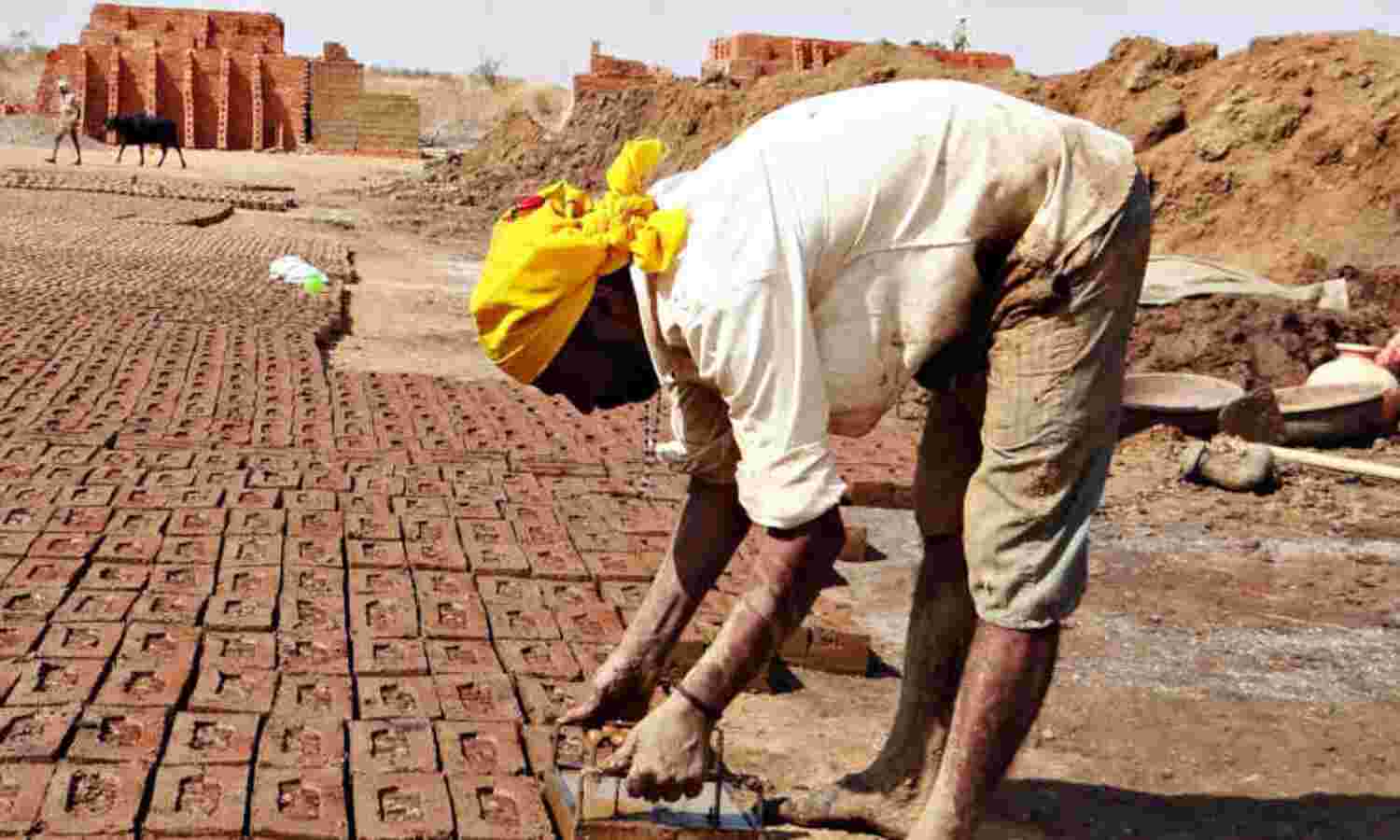Hotter Weather Threatens Productivity Of Indian Workers: Study

New Delhi: For every 1 deg C increase in temperature above 27 deg C on a hot day in India, productivity of workers declines by as much as 4%, according to a new study. Annual average temperature in India has increased 2 deg C over 200 years to 2006, and is predicted to rise further by 1.5-2.0 deg C by 2030.
Simply put, this means if a worker is packing 100 boxes of shoes in day at 27 deg C, he/she will pack only 96 boxes on a day when temperature is 28 deg C.
Small industries such as cloth-weaving units, which cannot afford air-conditioning, are most vulnerable to production losses due to rise in temperature, as per the August 30, 2018, study prepared by the Energy Policy Institute at the University of Chicago (EPIC), a think-tank.
Hotter states more vulnerable to productivity losses
Workers of “hotter regions” such as Delhi and Gujarat--together contributing about 10% of the country’s gross domestic product (on prices of 2014-15)--are likely to see a 4% decline in the productivity on hot day against a 2% decline in the efficiency of the workers in “milder climate” of South and Central India, according to the study.
Researchers looked at both labour-intensive and highly automated manufacturing processes. In the first category, they found that the productivity of workers engaged in cloth weaving or garment manufacturing dropped by as much as 4% per degree as temperatures rose above 27 deg C, as per the study.
However, when studying workers in the steel industry who were operating in plants with highly automated production, they found that productivity did not fall when it got hot outside, it said.
Temperature rise increasing absenteeism
A 1 deg C increase in the 10-day temperature average raises the probability of absenteeism by 5%, the study said. Absenteeism increases in both labour-intensive and automated-manufacturing processes.
Even if employers use air-conditioning, it will not prevent workers from staying home during hot spells; it does prevent productivity losses, though, said the study.
“Increased absenteeism may occur because exposure to sustained heat inside and outside the workplace could induce fatigue or illness,” the study said.
Lower productivity and increased absenteeism influence the output of factories and the economy, said the study.
Output of Indian factories falls during hot days
When the average daily high temperature over the year rises by 1 deg C, output falls by about 3%, according to the study.
“This loss is large enough to explain the entire reduction in India’s economic output in hot years,” it said.
To estimate the impact of temperature rise on economic activities, researchers used manufacturing-sector gross domestic product for Indian districts for 11 years to 2009. This data came from about 70,000 industrial plants nationwide.
Small industries most vulnerable
To avoid temperature-related losses, air-conditioning appeared to be an instant solution. However, as we earlier said, smaller industries are most vulnerable to temperature rise, as they cannot afford air-conditioning.
“[A]ir-conditioning may be too expensive for small industry in many sectors who may therefore have to put up with lower production,” Anant Sudarshan, executive director (South Asia), EPIC, and co-author of the study, told IndiaSpend.
Data from a set of small scale cloth-weaving units--which use low-cost daily wage workers for manufacturing--suggest that air-conditioning the entire shop floor of these units could cost up to 20% of the total wage bill, said Sudarshan, “[W]hich suggests that unless the loss in productivity is very high [for small scale industries], air-conditioning would cost more than the benefits it would provide,” he said.
This is especially true in low-value added, small margin industries which represent a significant portion of informal sector manufacturing in India, said Sudarshan.
(Tripathi is a principal correspondent with IndiaSpend.)
We welcome feedback. Please write to respond@indiaspend.org. We reserve the right to edit responses for language and grammar.


